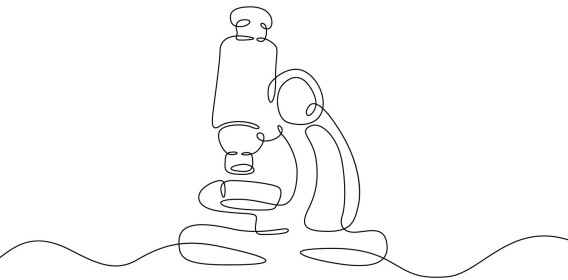
What happened to the Vikings' slaves?
ASK A RESEARCHER: Up to 25 per cent of the population during the Viking Age were thralls.
Every fourth inhabitant of Norway was a slave, or thrall, in the Viking Age, according to Jón Viðar Sigurðsson, a professor at the University of Oslo.
These were women and men who had been captured by Vikings during raids all over Europe.
“The Vikings also bought thralls at slave markets that existed throughout Europe. They were for personal use or to resell at markets in the Arab world,” says Sigurðsson.
Norwegians could also end up as thralls in Norway.
Temporary and born slaves
“People with debt problems could become slaves until they had paid off their debt,” he says.
And some were born into slavery.
“If thralls had children together, then the children likely became slaves as well. Men abused their thrall women. Many probably had children with their owners,” says Sigurðsson.
These children became thralls, but their fathers could also choose to free them.
Some slaves bought their own freedom, according to the sagas.
“The possibility of escaping slavery was important. It gave people hope and motivation. Some slave owners allowed their slaves to take on extra work so they could save money and buy their way out of captivity,” explains Sigurðsson.
Escape was not an option, since it required transportation and resources that the slaves did not have.

Given the hardest jobs
Both large and small farms had thralls.
On some farms, archaeologists have found a room with a hearth in the barn. T This may have been where the thralls lived. They were also referred to as fe (livestock), archaeologist Marianne Hem Eriksen writes in an article on norgeshistorie.no (link in Norwegian).
“In Norway, most slaves became part of households. We don’t have solid sources, but it appears they were treated similarly to regular farm workers,” says Sigurðsson.
But not exactly the same: Slaves were assigned the worst jobs.
“Owners needed a return on their investments. A slave was provided with food, clothing, and shelter," says Sigurðsson.
The Old Norse poem Rigsthula – the Song of Rig – describes the daily life of thralls: They had hunched backs, worn-out clothes, the worst food, and the heaviest tasks. They built fences, fertilised fields, tended animals, and dug up peat.
Thralls found in graves often suffered violent deaths, according to a Scandinavian study. Their bones show that most were mistreated before death.
Import ban on new slaves
The Viking Age ended around 1050, and Norway entered the Middle Ages. What happened to the thralls?
“They stopped importing slaves. Those already in Norway eventually died. Additionally, a significant number of slaves were freed,” says Sigurðsson.
With no new slaves being imported, and as existing slaves died or were freed, slavery gradually disappeared.
Sigurðsson does not believe thethralls returned to their homelands.
Did not return home
“Getting home required resources. And if you had been taken from Ireland 10-15 years ago, what was there to return to? There was no guarantee that they would have a better life in their homeland than in Norway,” says Sigurðsson.
However, a specific group of thralls did manage to return home.
“Vikings kidnapped individuals from wealthy families and demanded ransom. If their families paid, their family member was allowed to return home,” he says.
The decline of slavery was driven by economic factors.
“During the Viking Age, a large portion of the male population was away on raids or trade expeditions. This meant that the farms lacked labour. The slaves replaced those who were out travelling,” says Sigurðsson.
Integrated into the population
When the Vikings came ashore for good, there was no longer a need for all the slaves.
Freed thralls became tenant farmers, working the land and paying rent to their former owners.
“There was a big difference between being a freed slave and a regular farmer. Former slaves still ended up at the bottom of society,” says Sigurðsson.
Slowly but surely, thralls and their descendants integrated into Norwegian society.
This makes them our ancestors, alongside the Vikings.
“In the 19th century, a myth about the proud Viking Age was created for the liberation struggle against Sweden. But slavery was not part of the narrative,” says Sigurðsson.
That is one reason not much is known about the history of thralls in Norway.
———
Translated by Ingrid P. Nuse
Read the Norwegian version of this article on forskning.no
Related content:

Subscribe to our newsletter
The latest news from Science Norway, sent twice a week and completely free.






































